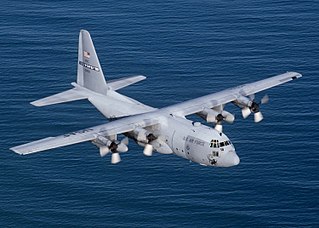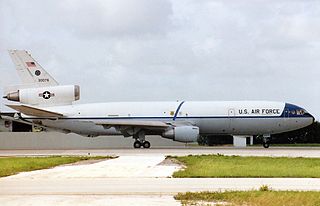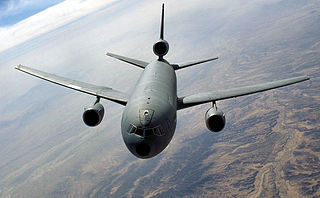This article includes a list of references, but its sources remain unclear because it has insufficient inline citations .(January 2013) (Learn how and when to remove this template message) |
53d Electronic Warfare Group  | |
|---|---|
| Active | 1941–1944; 1947–1949; 1952–1982; 1982–1991; 1993–1998; 1998–present |
| Country | |
| Branch | |
| Motto(s) | Victoria per Observatiam Latin Victory through Observation [1] Follow Me [2] |
| Engagements | American Theater of World War II Mediterranean Theater of Operations |
| Decorations | Air Force Outstanding Unit Award Air Force Organizational Excellence Award |
| Insignia | |
| Patch with 53d Electronic Warfare Group emblem [note 1] |  |
| Patch with 68th Electronic Warfare Group emblem | 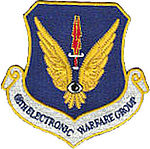 |
| 68th Air Refueling Wing emblem (approved c. December 1986) [3] [note 2] |  |
| 68th Air Refueling Group emblem (approved September 1982) [4] |  |
| Patch with 68th Bombardment Wing emblem (approved 3 October 1952) [2] |  |
| Emblem of the 68th Reconnaissance Group (approved 17 September 1942) [1] |  |
The 53d Electronic Warfare Group is a component unit of the 53d Wing of the Air Force Warfare Center, Air Combat Command, headquartered at Eglin Air Force Base, Florida.
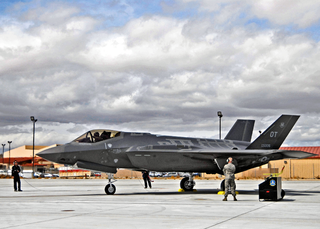
The 53d Wing is a wing of the United States Air Force based at Eglin Air Force Base, Florida. The wing reports to the United States Air Force Warfare Center at Nellis Air Force Base, Nevada, which reports to Headquarters Air Combat Command.
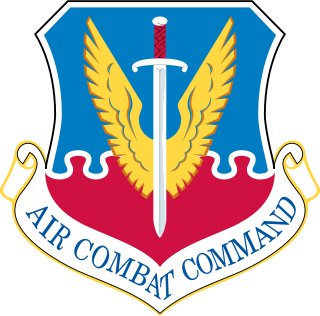
Air Combat Command (ACC) is one of ten Major Commands (MAJCOMs) in the United States Air Force, reporting to Headquarters, United States Air Force (HAF) at the Pentagon. It is the primary provider of air combat forces for the Air Force, and it is the direct successor to Tactical Air Command. Air Combat Command is headquartered at Langley Air Force Base, Joint Base Langley–Eustis, Virginia, United States.

Eglin Air Force Base (AFB) is a United States Air Force base in western Florida, located about three miles (5 km) southwest of Valparaiso in Okaloosa County.
Contents
- Units
- History
- World War II
- Strategic reconnaissance
- Strategic bombardment
- Air refueling
- Modern era
- Lineage
- Assignments
- Components
- Stations
- Aircraft
- See also
- References
- Notes
- Bibliography
The group is a non-flying unit responsible for providing operational, technical and maintenance electronic warfare expertise for the Combat Air Force (CAF) and for systems engineering, testing, evaluation, tactics development, employment, capability and technology assessment. This includes the wartime responsibility for emergency reprogramming and dissemination of Electronic Warfare (EW) system mission data software for CAF aircraft. The group manages the Combat Shield Electronic Warfare Assessment Program for CAF aircraft EW systems. Combat Shield provides operational units a system-specific capability assessment for their radar warning receivers, electronic attack pods, and integrated EW systems.
A group is a military aviation unit, a component of military organization and a military formation. The terms group and wing differ significantly from one country to another, as well as between different branches of a national defence force.
Established in 1941, the unit traces its lineage and heritage the 68th Strategic Reconnaissance Group; the 68th Air Refueling Group; the 68th Bombardment Wing, Heavy, and the 68th Electronic Combat Group










